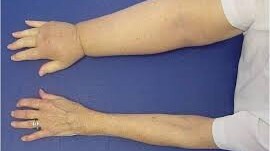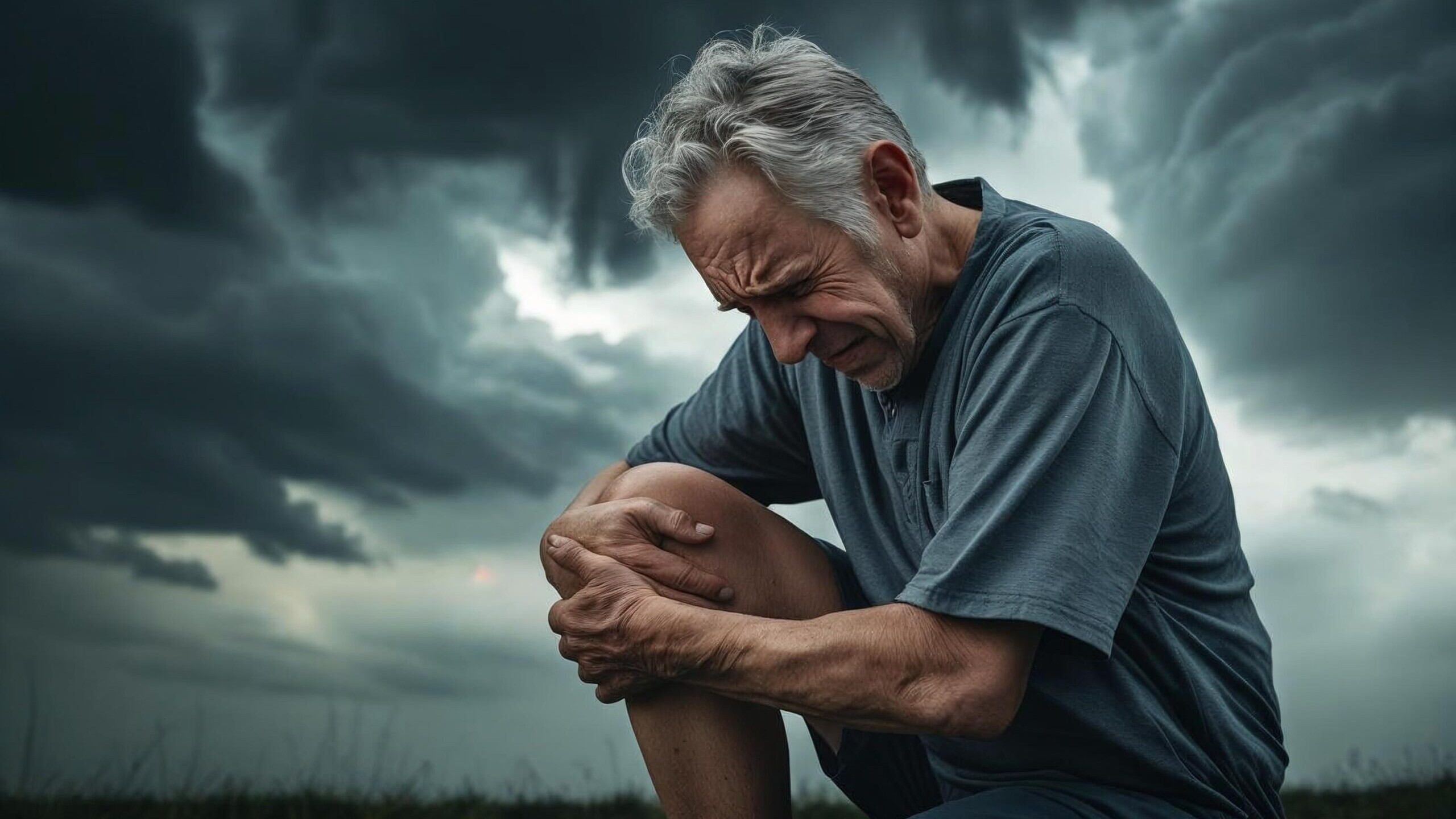
Swelling is common after many sports injuries, post operatively, and with many chronic joint conditions. Swelling is an important component of tissue healing after injury, as it assists the inflammatory process. However at times the body produces too much swelling and there is little natural inhibition of the process. In these cases, “pitting oedema” can result (which is swelling that leaves an indent if you press on it) or otherwise the swelling remains around a lot longer than the actual injury. When swelling remains for too long, the healing process is inhibited, so it is important to treat this swelling as a priority, both in the acute phase and particularly if the swelling becomes chronic.
Lymphatic obstruction is a blockage of the lymph vessels that drain fluid from tissues throughout the body. Lymphatic obstruction may cause lymphoedema, which means swelling due to a blockage of the lymph passages. Normal lymphatic flow is very important for infection control, as the lymph vessels allow immune cells to travel where they are needed.
What causes Lymphoedema?
The most common reason for lymphatic obstruction is the removal or enlargement of the lymph nodes. Therefore, one of the most common causes of lymphoedema is following mastectomy, or removal of the breast, and underarm lymph tissue for breast cancer. This causes lymphoedema of the arm in 10 – 15% of patients, because the lymphatic drainage of the arm passes through the armpit from which the tissue is removed. Radiation therapy to treat cancer also potentially results in lymphoedema due to damage to the lymph vessels.
Other causes of lymphatic obstruction include:
Injury
- Skin infections such as cellulitis (more common in obese patients)
- Surgery
- Tumours
Symptoms of Chronic Swelling & Lymphoedema
The main symptom is obviously persistent (chronic) swelling, usually of the arm or leg. With injuries, the swelling will be over and around the joint that sustained the injury, but remains long after the injury has settled. The chronic swelling will often feel thicker or firmer than the watery swelling of an acute injury, so it starts to interfere with the functioning of the joint and usually causes some impingement or loss of range of movement.
Treatment
Chronic Swelling responds very well to manual Lymphatic Drainage and bandaging. Manual lymph drainage is a light massage therapy technique in which the skin is moved in certain directions based on the structure of the lymphatic system. This helps the lymph fluid drain through the proper channels.
Lymphoedema is a chronic disease that usually requires lifelong management. Whilst some lymphoedema cases improve with time, some degree of swelling is usually permanent.
- Compression (usually with multilayered bandages)
- Manual lymph drainage (MLD)
- Range of motion exercises
Treatment also includes skin care to prevent injuries, infection, and skin breakdown, as well as light exercise and movement programs. Exercise should be carefully designed by a physiotherapist or Vodder trained massage therapist. It should help drainage without leading to swelling, which could make your condition worse. Wearing compression stockings on the affected area can also be helpful. Your doctor, or Vodder therapist will decide which compression methods are best. Surgery is used in some cases, but it has limited success.
What is a Vodder Therapist?
A Vodder Certified Therapist is trained in the original and most well known manual technique to assist lymph flow and aid in drainage of tissues and reduction of swelling. It was developed in France in 1932 by Emil and Estrid Vodder. Research in Australia, Europe & North America has proven its efficacy as a stand alone treatment and in combination with other therapies.
A Vodder Therapist is expertly trained to apply Manual Lymph Drainage (MLD) and compression bandaging for the treatment of swelling. They have proven knowledge of the indications and contraindications, and the comprehension of anatomy, physiology and pathophysiology required for therapy with MLD.
Helen Gleeson, one of SSPC’s Massage Therapists, is a qualified Vodder Therapist.
Reference: www.ncbi.nlm..nih.gov/pubmedhealth
You might like these other resources
Why Do My Joints Ache In Cold Weather?
11 June 2025
The Role of Ice in Managing Acute Sporting Injuries
17 September 2024
Are Your Bones Strong Enough?
28 May 2024





